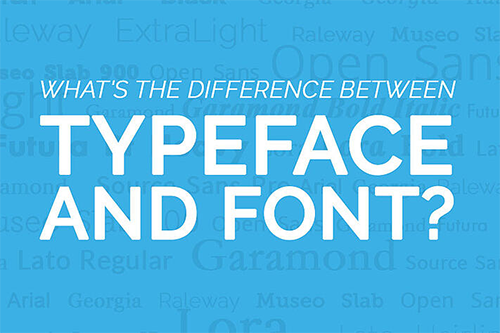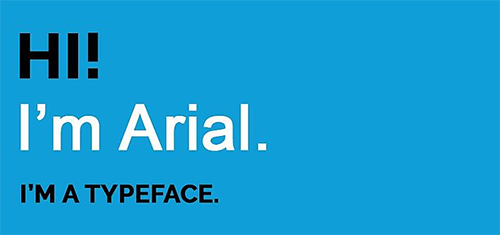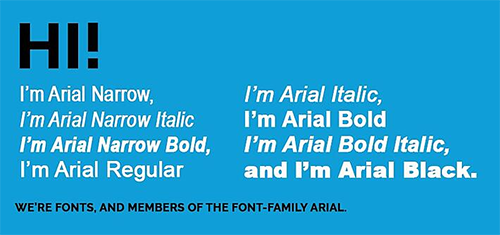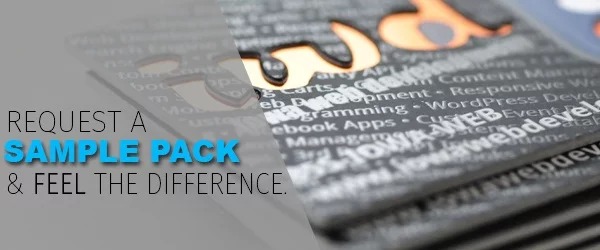What’s the Difference Between Typeface and Font? – SilkCards

Category: :: 01/08/2020
A lot of people use the term “font” incorrectly without realizing it, especially when it comes to designing marketing collateral for their business. It’s an easy mistake to make in the digital age. What many people refer to as “font” is actually a “typeface.” These two terms tend to meld into each other, as one (font) often stands in for the other (typeface).
Typeface vs Font In a Nutshell
The original font was a box full of individual metal letters, numbers and symbols that could be pulled out to create printed text. The typeface was the way all the letters, numbers, and symbols were formed. You can think of the font as the “holder” for all the characters with their unified style (“typeface”). In modern terms, a font is a digital file with instructions for how to display text in a particular style (“typeface”).
What Is a Typeface?
Typeface is the actual style of the characters within a font. Typeface gives a sense of unity to related characters. For example, do letters look curly or straight, tall or narrow? If you are familiar with CSS, you may have heard the term “font-family.” Font-family, in spite of its name, is interchangeable with the term typeface.

What Is a Font?
A font is a matched set of typeface, all set in the same style. In modern terms, a font is a digital file containing a set of characters all designed in the same style. A font is what enables a font-family to be displayed on a digital screen. It gives the instructions for displaying and printing characters in a specific style.

Read: When Is It Acceptable to Use a Script Font in Design
The Distinction Technology Made
Historically, the difference between font and typeface was evident. A font was a container for all the individual metal parts (characters) that workers would have to take out one by one to create words and sentences. One could distinguish one typeface from another by various means, such as the slope of the letters, their width, and height.
Because each character was made out of metal, there was no way to manipulate them. With the advent of the digital age, fonts include the ability to change a typeface’s width, height, and thickness, among other things.
With the elasticizing of typeface, the meaning between typeface and font has also become stretched and joined. However, in the areas of graphic design and other typographical arts, it is important to have a standard, unified set of terms that can be understood by all across the same industry. For this reason, it is important to know the difference between a font and a typeface.
Therefore, let us think of a few ways to define font and typeface that will help to clarify the two. A font is the source (think “fountain”) of the specific style of text. Another way to think of font and typeface is that a font is what you use, while a typeface is what you see. A font is the container for characters that all have the same style (“typeface”).
Whether you’re getting business cards designed or creating a simple greeting card to send to your loyal customers, consider your options when it comes to typefaces and fonts. A lot can be said by the styles you incorporate into any brand materials associated with your busiess.

